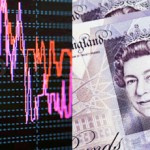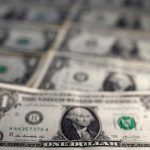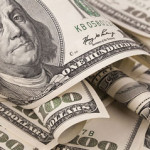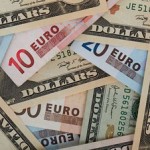The dollar traded near a two-month high versus the euro on Wednesday
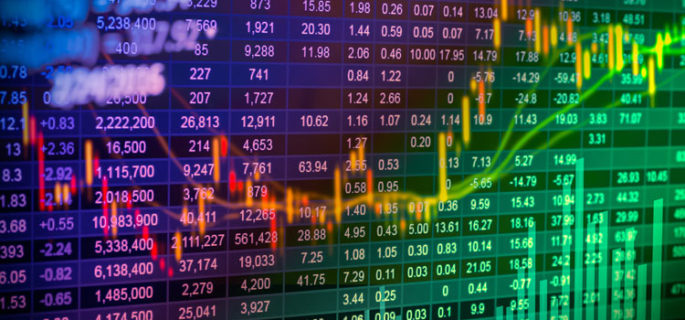
The dollar traded near a two-month high versus the euro on Wednesday as investors looked to a widening disparity between the strength of the U.S. and Europe’s pandemic recoveries.
The view was bolstered by moves in Washington toward fast-tracking more stimulus spending that contrasted with concerns about extended European lockdowns and expectations for a decline in euro zone growth this quarter.
The dollar was little changed at $1.2038 per euro early in the Asian session, after strengthening to $1.20115 overnight for the first time since Dec. 1.
The broader dollar index was mostly flat at 91.081 after rising to a two-month high of 91.283 in the previous session.
The greenback’s advances come despite a rise in equities amid improving risk sentiment, defying the currency’s historic inverse directional relationship with stocks.
However, many analysts expect the correlation to reassert itself as the year progresses, and for the dollar to decline as global growth recovers amid massive fiscal stimulus and ultra-easy monetary policy.
“The relative growth dynamics between Europe — weak — and the U.S. — better — are favouring the USD at the moment, but it remains to be seen if this can be a longer-lasting theme,” wrote National Australia Bank FX strategist Rodrigo Catril, who expects the euro to weaken below $1.20 in the near-term.
The dollar also benefited from a massive bout of short-covering, especially against the yen where hedge funds had racked up their biggest short bets against the greenback since October 2016.
The U.S. currency was little changed at 105.025 yen after gaining to 105.17 overnight for the first time since Nov. 12.
Many see the dollar’s rebound since early last month as a correction after its relentless decline last year, although some think the dollar’s new-found firmness could reflect a retreat of the bearish sentiment on the currency.
The dollar index has rebounded 1.2% this year after an almost 7% decline in 2020.
“The bear case is facing a short-term stress test,” Westpac strategists wrote in a note.
“Our base case is that without short-term yield support there’s a limit to how far U.S. recovery optimism can boost the USD,” they wrote. “Global reflation and the Fed’s determined dovish stance limits upside potential beyond that.”
Source: CNBC









